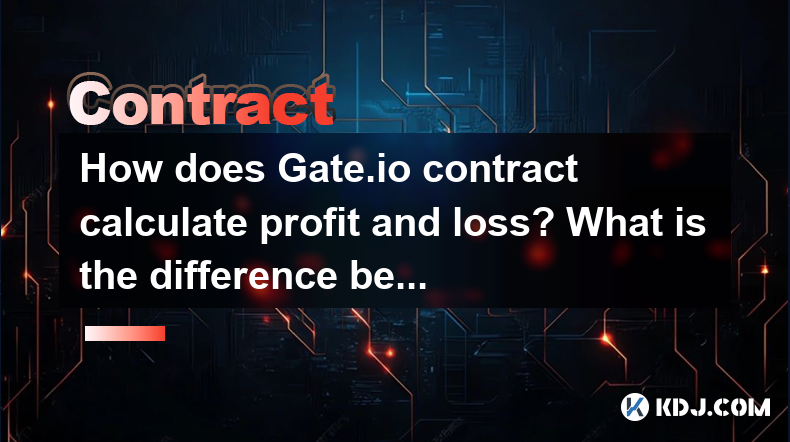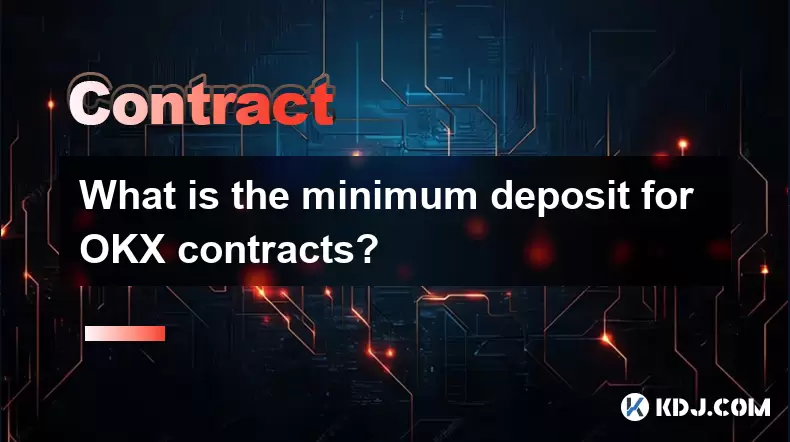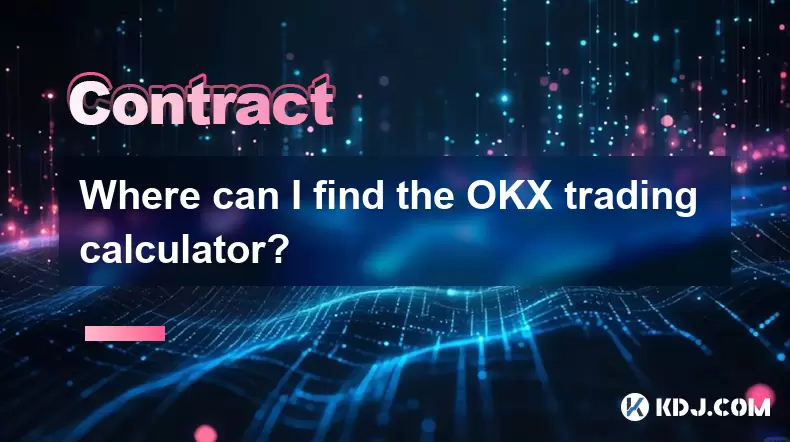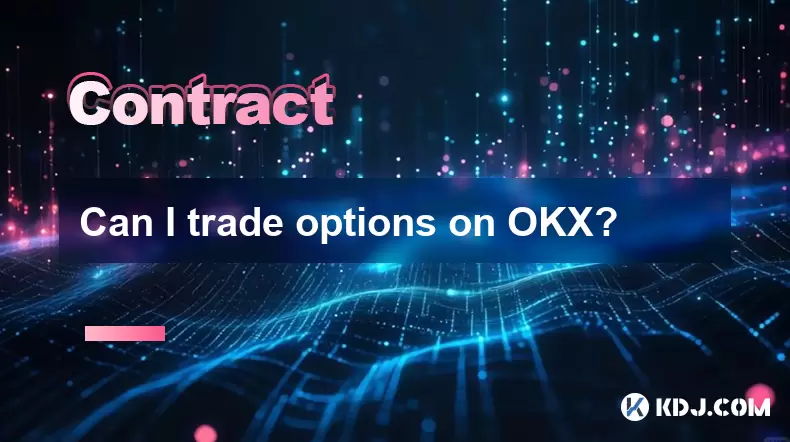-
 Bitcoin
Bitcoin $117500
2.15% -
 Ethereum
Ethereum $3911
6.19% -
 XRP
XRP $3.316
10.79% -
 Tether USDt
Tether USDt $1.000
0.01% -
 BNB
BNB $787.2
2.24% -
 Solana
Solana $175.2
4.15% -
 USDC
USDC $0.9999
0.00% -
 Dogecoin
Dogecoin $0.2225
8.40% -
 TRON
TRON $0.3383
0.28% -
 Cardano
Cardano $0.7868
6.02% -
 Stellar
Stellar $0.4382
9.34% -
 Hyperliquid
Hyperliquid $40.92
7.56% -
 Sui
Sui $3.764
7.63% -
 Chainlink
Chainlink $18.48
10.66% -
 Bitcoin Cash
Bitcoin Cash $582.1
1.88% -
 Hedera
Hedera $0.2601
6.30% -
 Avalanche
Avalanche $23.33
4.94% -
 Ethena USDe
Ethena USDe $1.001
0.02% -
 Litecoin
Litecoin $122.3
2.04% -
 UNUS SED LEO
UNUS SED LEO $8.969
-0.27% -
 Toncoin
Toncoin $3.339
0.86% -
 Shiba Inu
Shiba Inu $0.00001287
4.30% -
 Uniswap
Uniswap $10.43
7.38% -
 Polkadot
Polkadot $3.861
5.08% -
 Dai
Dai $1.000
0.02% -
 Bitget Token
Bitget Token $4.513
3.41% -
 Monero
Monero $267.7
-6.18% -
 Cronos
Cronos $0.1499
4.14% -
 Pepe
Pepe $0.00001110
5.15% -
 Aave
Aave $284.9
8.28%
How does Gate.io contract calculate profit and loss? What is the difference between unrealized profit and loss and realized profit and loss?
Gate.io calculates P&L using entry price, market price, contract size, and leverage; unrealized P&L fluctuates, while realized P&L locks in upon position closure.
May 02, 2025 at 03:29 pm

Gate.io is a well-known cryptocurrency exchange platform that offers various trading options, including futures and perpetual contracts. Understanding how Gate.io calculates profit and loss (P&L) for these contracts is crucial for traders. In this article, we will delve into the mechanics of P&L calculation on Gate.io, and explore the differences between unrealized and realized profit and loss.
Understanding Gate.io Contract Basics
Gate.io provides users with the ability to trade futures and perpetual contracts. Futures contracts are agreements to buy or sell an asset at a future date at a price agreed upon today, while perpetual contracts are similar but have no expiration date. Both types of contracts allow traders to speculate on the price movement of cryptocurrencies without owning the underlying assets.
When trading on Gate.io, the platform uses a standardized method to calculate profit and loss. The key components in this calculation include the entry price, the current market price, the position size, and the leverage used. These factors determine whether a trader is making a profit or incurring a loss.
Calculating Profit and Loss on Gate.io
Profit and loss on Gate.io are calculated based on the difference between the entry price and the current market price of the contract. The formula used is straightforward:
[ \text{P&L} = (\text{Current Market Price} - \text{Entry Price}) \times \text{Contract Size} \times \text{Leverage} ]
- Entry Price: The price at which the contract was opened.
- Current Market Price: The current trading price of the contract.
- Contract Size: The amount of cryptocurrency represented by one contract.
- Leverage: The borrowed capital used to increase the potential return of an investment.
For example, if a trader buys a Bitcoin perpetual contract at an entry price of $30,000 with a contract size of 1 BTC and a leverage of 10x, and the current market price rises to $31,000, the profit calculation would be:
[ \text{P&L} = (31,000 - 30,000) \times 1 \times 10 = 10,000 \text{ USD} ]
This calculation shows a profit of $10,000. If the market price had fallen to $29,000 instead, the loss would be:
[ \text{P&L} = (29,000 - 30,000) \times 1 \times 10 = -10,000 \text{ USD} ]
This would result in a loss of $10,000.
Unrealized Profit and Loss
Unrealized profit and loss, also known as floating P&L, refers to the profit or loss that has not yet been realized through the closing of a position. On Gate.io, this is calculated in real-time as the market price fluctuates. It represents the potential profit or loss that a trader would experience if they were to close their position at the current market price.
For instance, if a trader holds a long position on a Bitcoin perpetual contract with an entry price of $30,000 and the current market price is $31,000, the unrealized profit would be:
[ \text{Unrealized P&L} = (31,000 - 30,000) \times 1 \times 10 = 10,000 \text{ USD} ]
This profit is unrealized because the trader has not yet closed the position. If the market price changes, so will the unrealized P&L.
Realized Profit and Loss
Realized profit and loss occurs when a trader closes a position, thereby locking in the profit or loss. On Gate.io, realized P&L is calculated using the same formula as P&L but is applied at the time of closing the position. This means that the entry price is compared to the exit price (the price at which the position is closed) to determine the final P&L.
Using the previous example, if the trader decides to close the position when the market price is $31,000, the realized profit would be:
[ \text{Realized P&L} = (31,000 - 30,000) \times 1 \times 10 = 10,000 \text{ USD} ]
Once the position is closed, this profit is realized and added to the trader's account balance.
Differences Between Unrealized and Realized Profit and Loss
The key difference between unrealized and realized profit and loss lies in their timing and impact on a trader's account balance. Unrealized P&L is a theoretical value that changes with the market price and does not affect the trader's account balance until the position is closed. It represents what the trader would gain or lose if they were to close the position at that moment.
On the other hand, realized P&L is the actual profit or loss that is locked in once a position is closed. This amount is then credited or debited from the trader's account balance. Realized P&L is a definitive outcome of a trading decision, whereas unrealized P&L is a continuous estimate that can change until the position is closed.
Practical Example of P&L Calculation on Gate.io
To illustrate the practical application of P&L calculation on Gate.io, let's consider a step-by-step example of trading a perpetual contract:
- Open a Position: A trader decides to buy a Bitcoin perpetual contract with an entry price of $30,000, a contract size of 1 BTC, and a leverage of 10x.
- Monitor Unrealized P&L: As the market price changes, the trader monitors the unrealized P&L. If the market price rises to $31,000, the unrealized profit is $10,000. If it falls to $29,000, the unrealized loss is $10,000.
- Close the Position: The trader decides to close the position when the market price is $31,000. The realized profit is then calculated as $10,000, which is credited to the trader's account balance.
This example demonstrates how traders can use Gate.io's platform to track and manage their P&L effectively.
Frequently Asked Questions
Q: Can I change the leverage on my position after opening it on Gate.io?
A: Yes, Gate.io allows traders to adjust the leverage on their open positions. To do this, go to the trading interface, find the position you want to adjust, and select the option to change the leverage. Be aware that changing leverage can affect your unrealized P&L and margin requirements.
Q: What happens if my unrealized loss exceeds my margin on Gate.io?
A: If your unrealized loss exceeds your margin, your position may be liquidated to prevent further losses. Gate.io uses a risk management system to monitor positions and will automatically liquidate a position if the maintenance margin is breached. It's important to monitor your positions and adjust your leverage and margin as needed.
Q: How often does Gate.io update the unrealized P&L?
A: Gate.io updates the unrealized P&L in real-time as the market price changes. This means that traders can see their potential profit or loss at any moment during trading hours.
Q: Can I see both unrealized and realized P&L on the same screen on Gate.io?
A: Yes, Gate.io's trading interface provides a comprehensive view of both unrealized and realized P&L. You can find these values in the position management section of the trading platform, allowing you to monitor your current and historical performance at a glance.
Disclaimer:info@kdj.com
The information provided is not trading advice. kdj.com does not assume any responsibility for any investments made based on the information provided in this article. Cryptocurrencies are highly volatile and it is highly recommended that you invest with caution after thorough research!
If you believe that the content used on this website infringes your copyright, please contact us immediately (info@kdj.com) and we will delete it promptly.
- Ethereum, Staking Yields, and DeFi Exposure: A New Era for Investors?
- 2025-08-08 15:10:12
- Unilabs Pumps MIA, Binance Coin Bouncing Back, and Ethereum's Bearish Blues
- 2025-08-08 15:10:12
- Ethereum's Wyckoff Markup and Market Rotation: A New Era?
- 2025-08-08 15:30:12
- Ethereum, Vitalik Buterin, and the Overleveraged Game: A Balancing Act
- 2025-08-08 15:30:12
- Ethereum, Corporate Treasuries, and Vitalik Buterin: A New Era for ETH?
- 2025-08-08 15:36:08
- BNB Price, Binance Staking, and SEC Concerns: What's the Deal?
- 2025-08-08 15:36:08
Related knowledge

What is the distinction between mark price and last price on KuCoin?
Aug 08,2025 at 01:58pm
Understanding the Basics of Price in Cryptocurrency TradingIn cryptocurrency exchanges like KuCoin, two key price indicators frequently appear on trad...

What are the specific maker and taker fees on KuCoin Futures?
Aug 08,2025 at 08:28am
Understanding Maker and Taker Fees on KuCoin FuturesWhen trading on KuCoin Futures, users encounter two primary types of fees: maker fees and taker fe...

What is the maximum leverage available on KuCoin Futures?
Aug 08,2025 at 10:21am
Understanding Leverage in KuCoin Futures TradingLeverage in KuCoin Futures allows traders to control a larger position size using a smaller amount of ...

What is the minimum deposit for OKX contracts?
Aug 08,2025 at 07:00am
Understanding OKX Contract Trading BasicsOKX is one of the leading cryptocurrency derivatives exchanges, offering a wide range of perpetual and future...

Where can I find the OKX trading calculator?
Aug 08,2025 at 07:49am
Understanding the OKX Trading Calculator FunctionalityThe OKX trading calculator is a powerful analytical tool designed to assist traders in estimatin...

Can I trade options on OKX?
Aug 08,2025 at 11:01am
Understanding Options Trading on OKXYes, you can trade options on OKX. OKX is one of the leading cryptocurrency derivatives exchanges that offers a de...

What is the distinction between mark price and last price on KuCoin?
Aug 08,2025 at 01:58pm
Understanding the Basics of Price in Cryptocurrency TradingIn cryptocurrency exchanges like KuCoin, two key price indicators frequently appear on trad...

What are the specific maker and taker fees on KuCoin Futures?
Aug 08,2025 at 08:28am
Understanding Maker and Taker Fees on KuCoin FuturesWhen trading on KuCoin Futures, users encounter two primary types of fees: maker fees and taker fe...

What is the maximum leverage available on KuCoin Futures?
Aug 08,2025 at 10:21am
Understanding Leverage in KuCoin Futures TradingLeverage in KuCoin Futures allows traders to control a larger position size using a smaller amount of ...

What is the minimum deposit for OKX contracts?
Aug 08,2025 at 07:00am
Understanding OKX Contract Trading BasicsOKX is one of the leading cryptocurrency derivatives exchanges, offering a wide range of perpetual and future...

Where can I find the OKX trading calculator?
Aug 08,2025 at 07:49am
Understanding the OKX Trading Calculator FunctionalityThe OKX trading calculator is a powerful analytical tool designed to assist traders in estimatin...

Can I trade options on OKX?
Aug 08,2025 at 11:01am
Understanding Options Trading on OKXYes, you can trade options on OKX. OKX is one of the leading cryptocurrency derivatives exchanges that offers a de...
See all articles

























































































